How To Improve Your Gait Efficiency
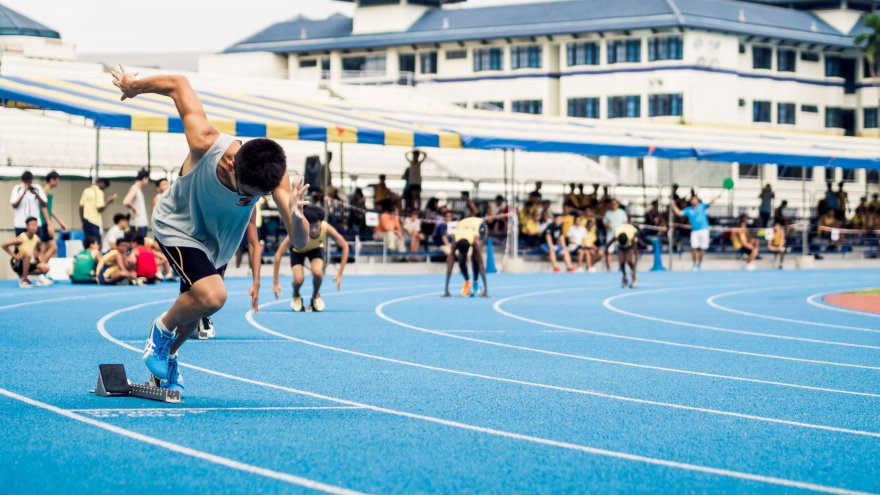
The goal of many runners is to… well, run faster. Luckily, like many things, there is more than one way to approach this objective. Committing more time to practice, investing in good footwear and living a healthy lifestyle are all a good start. But one of the best methods of becoming a faster runner is by analyzing your gait cycle. A gait analysis allows you to identify any biomechanical abnormalities in your stride and exactly where there is room for improvement. It can sometimes be frustrating analyzing minute movements, and “re-building” your stride from the bottom up. But the information you can learn about your gait (and the small improvements you can subsequently make) is truly the foundation of a professionally fast runner.
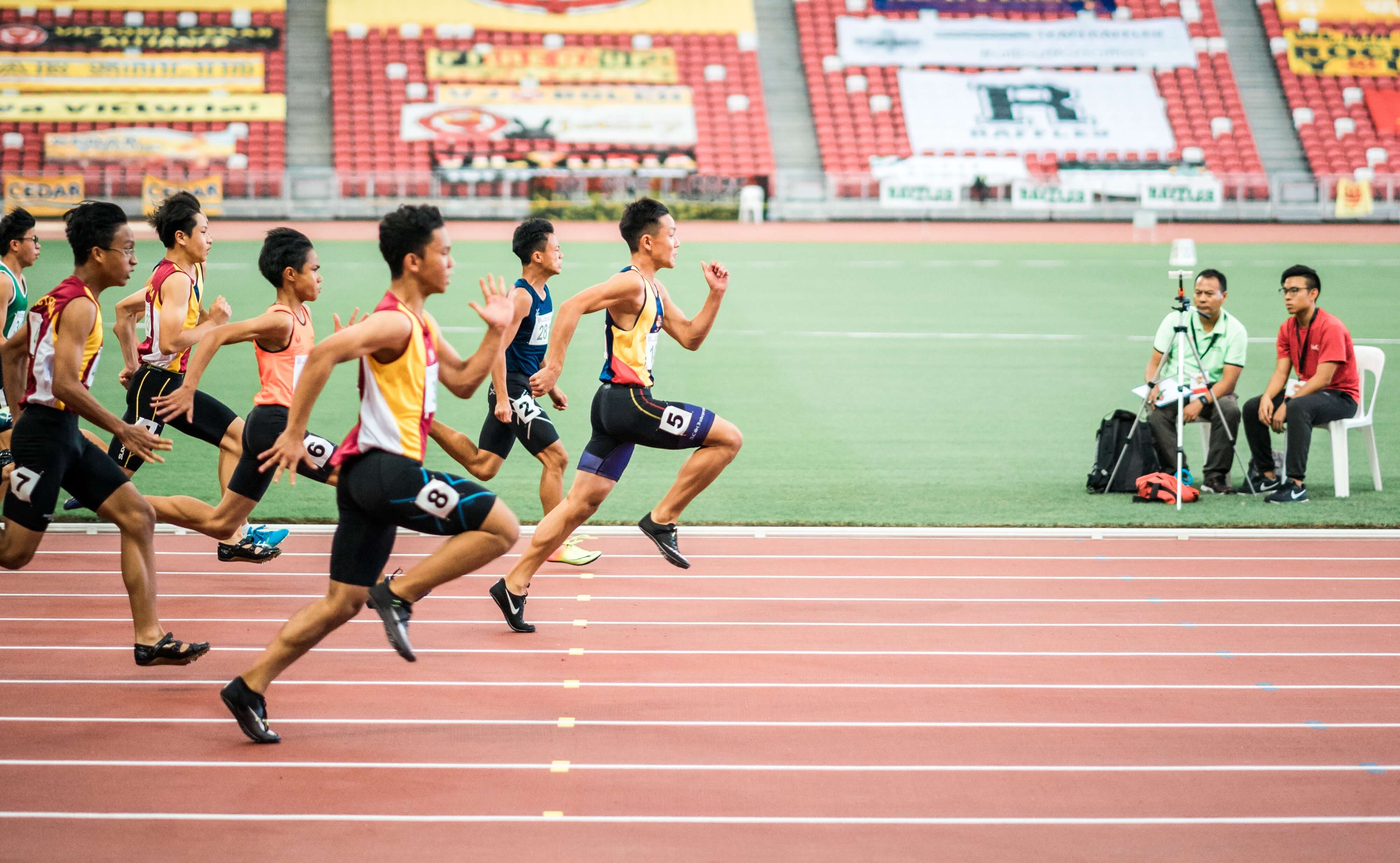
Studying Gait Cycle
There are a few different aspects to studying your gait cycle and improving your gait efficiency. First, if at all possible, it’s highly recommended that you make an appointment to have a professional gait analysis with a professional physiotherapist or podiatrist. They will be carefully watching and recording how you run or walk on a treadmill. Using this information, they will identify any noticeable biomechanical abnormalities in your stride and give you specific instructions on how you can work to improve them. Not everyone has access to this type of gait analysis, however, and that’s no biggie – you can still do a gait analysis at the gym or even at home. Ask your fitness coach or running partner to film you while running, and then go over the footage together in slow motion to find areas for improvement. If you’re not sure what to look for, you can compare your video to the video of a professional runner in slow motion. This may sound tedious, but nerding out is going to help you in the long run. The things you can learn about yourself and your gait cycle are priceless. Think about it like getting dressed every day – do you just throw clothes on and head out the door? Or do you spend a little bit of time turning this way and that way in the mirror first to make sure you look good?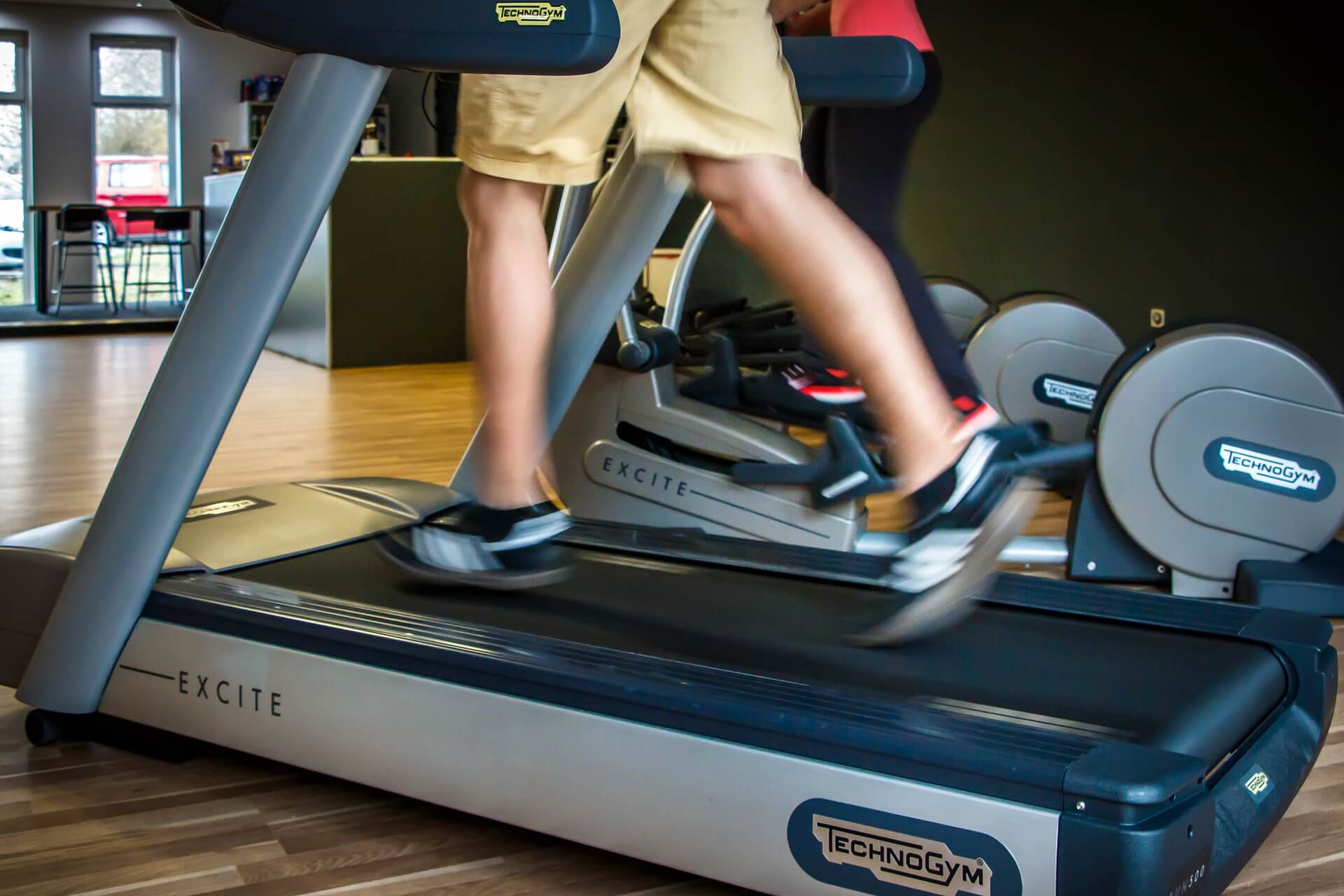
Biomechanical Abnormalities
Some of the biomechanical abnormalities to look out for: if you notice that you display signs of overpronation (where your ankle rolls too far inwards) or “excess supination” (where your ankle rolls too far outwards); if one of your hips seems to lift higher than the other (called a “hip hitch”); if you have a pelvic tilt (where your pelvis rotates too far forward or backward); and how your foot is striking the ground (your “footstrike”). This kind of information can be invaluable for improving your gait efficiency in a number of ways, a few of which are listed below.
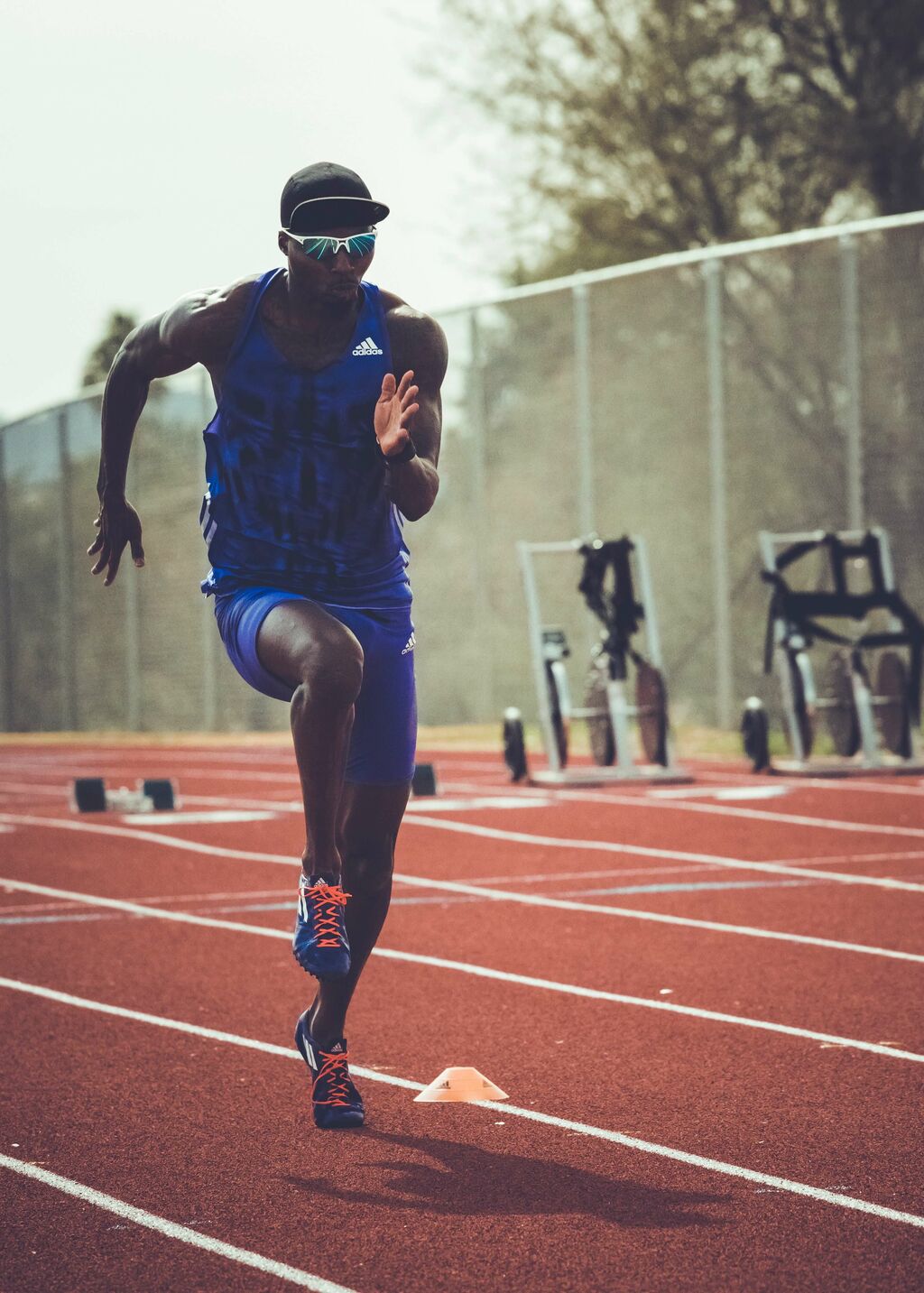
- Choosing the correct running shoe. A runner’s footwear is one of the most important things they will invest in – armed with your specific biomechanics information (for example, if you overpronate), you can pick the shoe that will give you the most support and therefore improve your gait.
- Considering inserts for your shoes. Inserts can compensate for many biomechanical abnormalities, and they can be as simple as pharmacy bought or as specific as one that is designed for your foot by a podiatrist. Talk to your physiotherapist or podiatrist to decide if your gait would benefit from an insert.
- Poor gait biomechanics often lead to many of the common injuries runners suffer from, such as shin splints, hip pain, Achilles tendonitis, lower back pain, plantar fasciitis or knee pain. By knowing your running biomechanics, you can endeavor to strengthen any weaknesses and potentially prevent an injury.
- Once you have a good idea of the parts of your stride you need to work on, you can go about setting up an exercise program to single out these areas. Talk to your fitness coach for advice on targeting a specific biomechanical abnormality. It’s also strongly recommended to consider cross-training. Cross-training provides an opportunity to strengthen muscles you don’t normally use in running, giving you a stronger foundation, improved proprioception, and better balance all around.
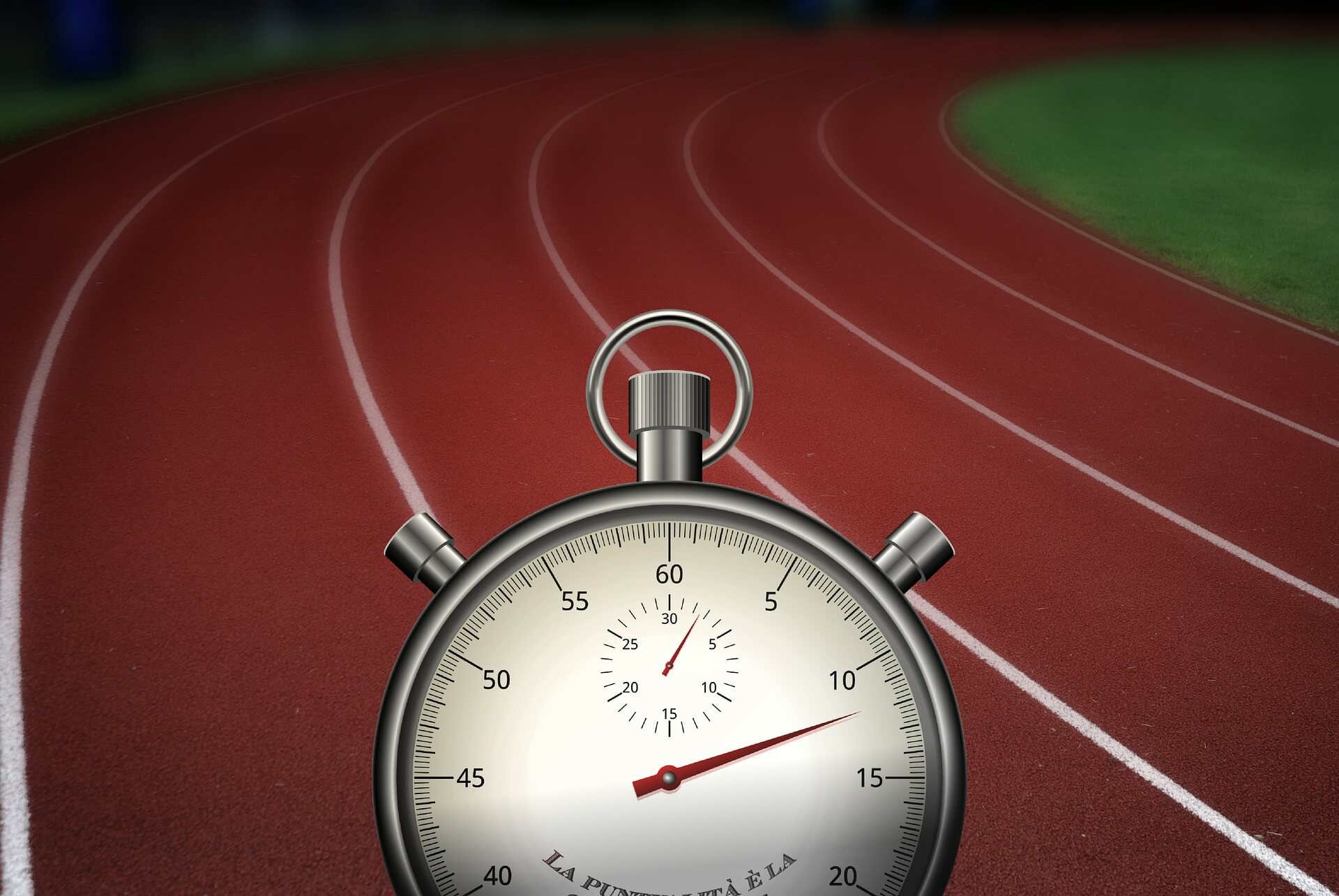
Another thing to be aware with gait efficiency is your running cadence or “RPM” (rounds/strides per minute). Your running cadence is how many steps or strides you take in a specific period of time, which is normally measured as a minute. The ideal cadence is around 170 strides per minute or higher, with professional runners often around 180+ and sometimes even hitting as high as 200 strides per minute. Not everyone is a professional runner, but there is no question that striving for more strides per minute is recommended to make your gait more efficient. Why is more better? A few reasons. One is that a shorter stride will keep your foot closer to your center of gravity, and your foot will have less contact with the ground. Less contact means less impact, which means you are expending less energy and decreasing your chance of injury.
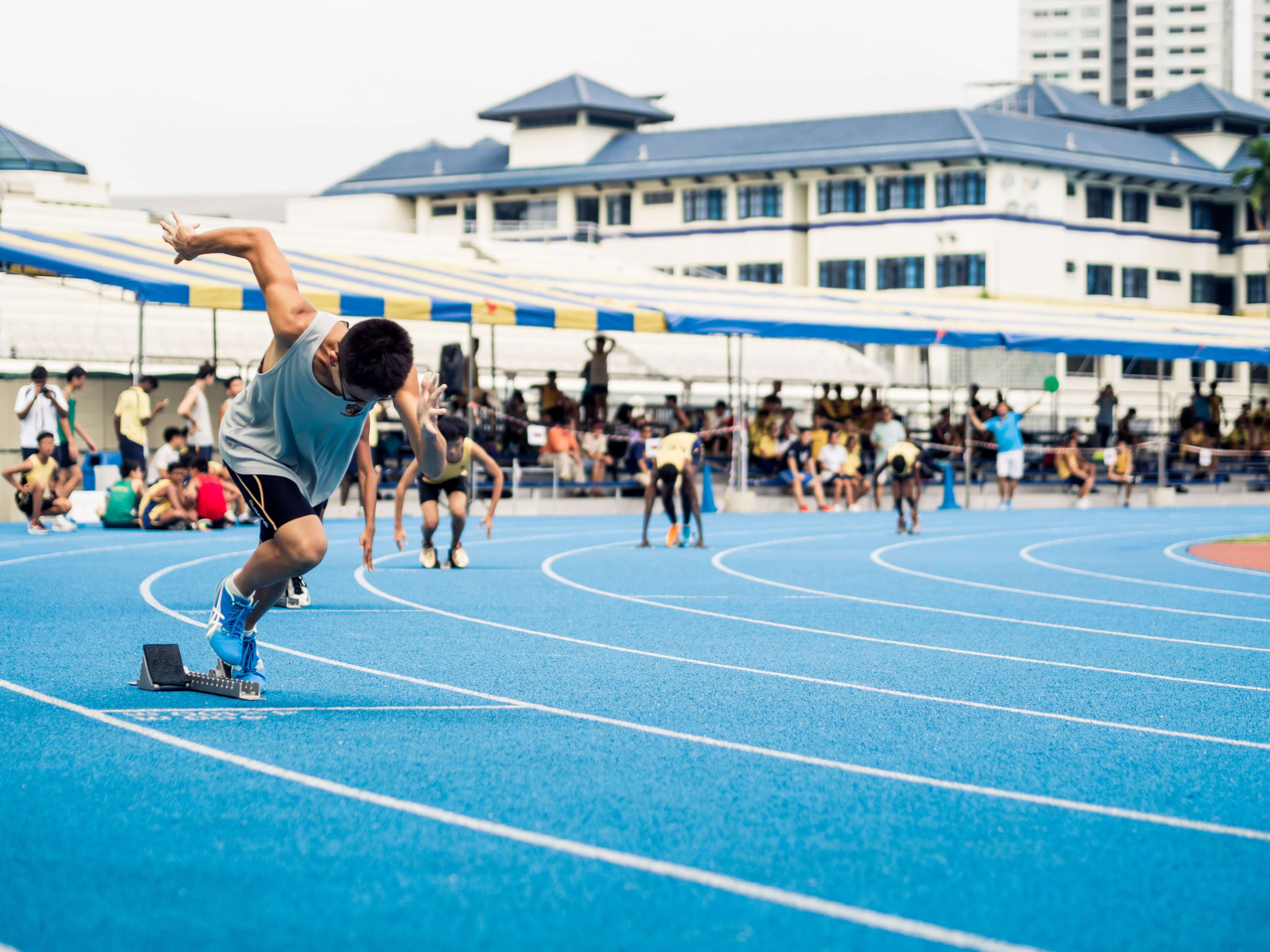
It’s definitely worth spending some time investigating your gait cycle, in order to learn about the biomechanics of your stride and improve your gait efficiency.
Latest Articles
 Is Running on a Treadmill Easier Than Running Outside?Runners have their own preferences, whether it is treadmill running, running outside on the road, or exploring trails. So...
Is Running on a Treadmill Easier Than Running Outside?Runners have their own preferences, whether it is treadmill running, running outside on the road, or exploring trails. So... Is It OK to Use Trail Running Shoes on the Road?While trail running shoes can be used on roads, especially in situations where a runner encounters mixed terrains or pref...
Is It OK to Use Trail Running Shoes on the Road?While trail running shoes can be used on roads, especially in situations where a runner encounters mixed terrains or pref... How to Fix Sore Quads After Running?Rest, ice, gentle stretching, and over-the-counter pain relievers can help soothe sore quads after running. Also, ensure ...
How to Fix Sore Quads After Running?Rest, ice, gentle stretching, and over-the-counter pain relievers can help soothe sore quads after running. Also, ensure ... 10 Fruits With The Most Electrolytes to Replace Sports DrinksThese fruits are high in electrolytes such as potassium, magnesium, and calcium, essential for hydration, muscle function...
10 Fruits With The Most Electrolytes to Replace Sports DrinksThese fruits are high in electrolytes such as potassium, magnesium, and calcium, essential for hydration, muscle function...

